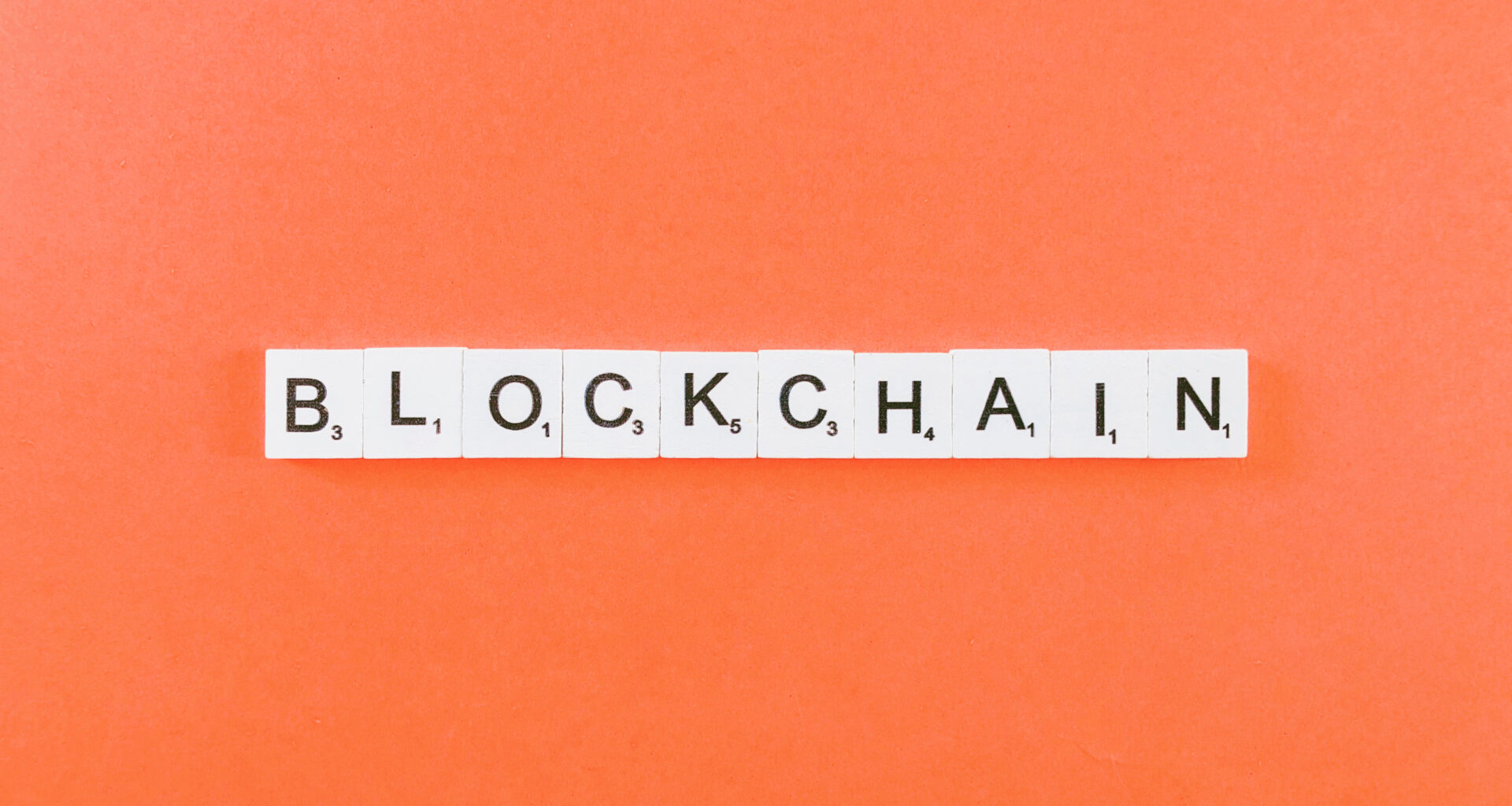Although blockchain technology has been in the works for many years, first proposed in 1991, it has recently become a bit of a buzzword. We will explore this in more detail, explaining any technical jargon that may come up.
What Is a Blockchain?

A blockchain is a distributed ledger. It is a collection of transactions among its participants and comprises two essential components: transparency and immutability. In simple terms, this means that anyone can view all transactions on a blockchain, and once something is written on a blockchain, it cannot be changed.
At its heart, blockchain technology strives toward decentralisation.
Understanding Decentralisation
Centralisation is the norm today: a few select individuals run almost everything we use daily. For example, roughly ten companies own every item sold in an average grocery store. Information today is also processed almost exclusively by a handful of companies. A staggering 1.7 billion adults do not have access to traditional financial systems. All of this is the result of centralisation. If the central authority does not want to give access to a group of people, they simply do not get that particular service or resource. This also brings about the possibility of a central point of failure or a “kill switch”.
Decentralisation redistributes this current imbalance in power. It allows actual users involved in a particular project to govern it and gives everyone equal and open access. Today, decentralisation is still an ideal that has yet to be attained. However, many hope that further improvements to blockchain technology will eventually bring this ideal to fruition.
How Do Blockchains Work?

A blockchain consists of participants referred to as “nodes”. Whenever a transaction is triggered on a blockchain, at least 51% of the nodes need to agree that the transaction is valid. This agreement by the majority of the nodes in a blockchain is known as “consensus”. Since every node carries a copy of the entire blockchain, any data that has been tampered with will be rejected. Once consensus has been reached, the transaction is deemed valid and is added to the blockchain.
However, different types of blockchains have different ways of reaching consensus. These are known as “consensus mechanisms” and can be used to differentiate between different types of blockchains. The two primary types of consensus mechanisms are Proof-of-Work (PoW) and Proof-of-Stake (PoS).
What Is Proof-of-Work?

In a PoW blockchain, nodes achieve consensus through a process called “mining”. Once a set of transactions are deemed valid and written onto a block, a miner will need to calculate the hash of that block based on the data it contains and the hash of the block before it. If any data on this block or any previous block is tampered with, the hash will change completely and the blockchain will reject all faulty blocks.
To further improve the blockchain’s security, miners need to solve a complex problem before a new block can be added to the blockchain. This limits the creation of new blocks to one every ten minutes, and successful miners are rewarded with newly minted crypto tokens. This makes PoW extremely secure because to tamper with any data; a hacker would need to recalculate the hash of every single block and replace it on every node and solve the complex problem for every block it wants to replace. On a network as distributed as Bitcoin’s, this is virtually impossible.
However, this makes PoW a competition for computational power or energy. Many have raised concerns about the environmental sustainability of the PoW model. The need to wait ten minutes to generate a new block also poses issues around scalability. The blockchain will not be able to handle too many transactions at once.
What Is Proof-of-Stake?
The PoS algorithm seeks to improve the PoW algorithm by replacing computational power with cryptocurrency. Instead of miners, there are “validators”. Validators need to stake, or lock up, their cryptocurrency to add new blocks to the chain. They are then rewarded with transaction fees as no new crypto tokens are mined.
This greatly reduces the amount of energy required for the blockchain to operate as it is no longer a competition of computer power. Rather, users who stake more cryptocurrency have a higher chance of being selected to validate the next block. This makes blockchains more scalable. However, this comes with its own problems, such as 51% attacks. 51% attacks happen when a single person owns more than 51% of all staked crypto tokens on a network, allowing them to validate or reject any transaction they please.
The improved scalability of the PoS mechanism comes with the trade-off of security. This constant trading between scalability, security and decentralisation is referred to as the blockchain trilemma.
The Blockchain Trilemma

This trilemma posits the problem of a blockchain achieving scalability, security and decentralisation. A blockchain can be very secure and decentralised, as seen in the PoW model, but lacks scalability. As seen in the PoS model, scaling a blockchain comes at the cost of security. Some blockchains are both secure and scalable but are centralised.
There is currently no single solution that can reconcile all three issues, but the combination of different Layer-1 and Layer-2 solutions can help circumvent some trade-offs.
The Future of Blockchains
Although it has been 30 years since the idea of blockchains came into existence, they are very much a nascent technology. We still have a long way to go before blockchain technology lives up to its full potential, but with applications such as decentralised finance today, this technology is poised to disrupt many industries across the globe.









